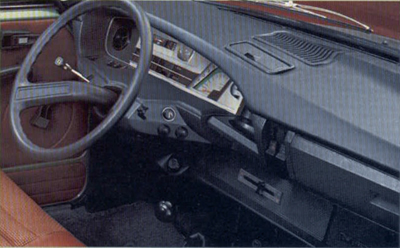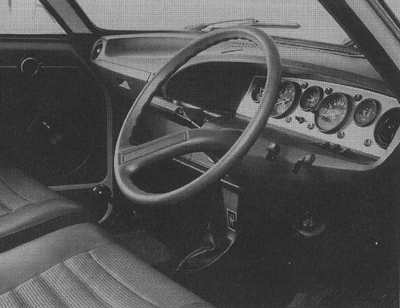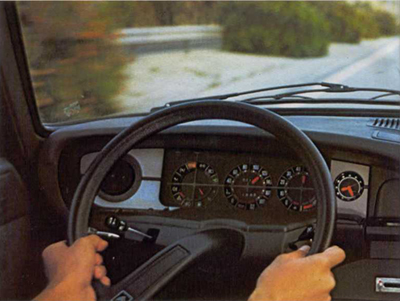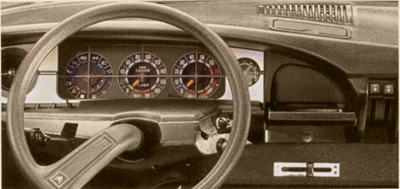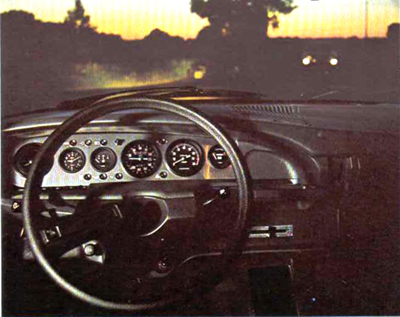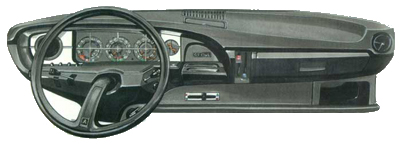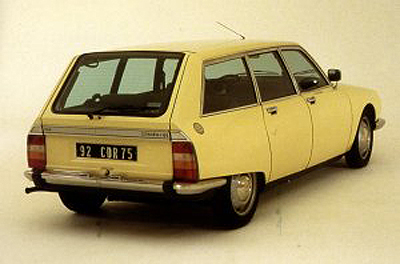|
||||||||||||||||||||||
CitroŽn GS |
|||||||||||||||||
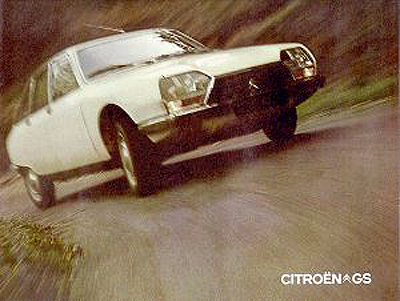 |
Probably the most technically dense car within its market sector, the GS beat her stablemate the SM to the Car Of The Year Award on her launch in 1970. By any standards, the GS was an audacious project. In a market sector dominated by cart sprung, rear wheel drive cars, the GS provided the proven hydropneumatic suspension and powered brakes of the DS in a medium sized car. The engine followed 2 CV practice in being a boxer and air cooled but it had four as opposed to two cylinders and overhead camshafts. In order to fit within the 6cv tax bracket, engine capacity was only 1 015cm3 but this engine absolutely thrived on revs just like a miniature Porsche or motorcycle engine. Braking was by discs on all four wheels, mounted inboard at the front and the body drew strongly on Pininfarina's design for BMC and was extremely aerodynamic allowing a top speed of 147 kph/92 mph on only 55,5 bhp. The interior was as futuristic as one would expect from CitroŽn and the dash featured a "cyclops eye" speedo and boomerang shaped tacho plus a multiplicity of warning lamps. (Right hand drive models had conventional round instruments similar to those fitted to the GZ Birotor . The gearchange was floor mounted but the parking brake was a horizontal bar mounted in the middle of the dashboard. Two trim levels
were
initially available - Confort and Luxe.
|
||||||||||||||||
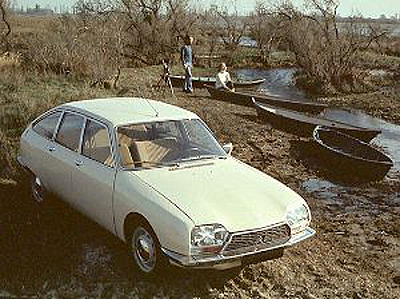 |
|||||||||||||||||
 |
|||||||||||||||||
|
|
||||||||||||||||
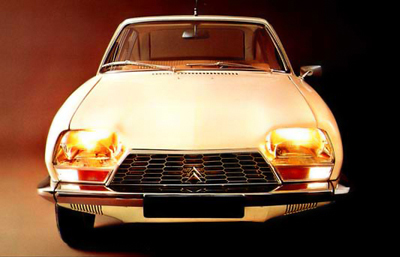 |
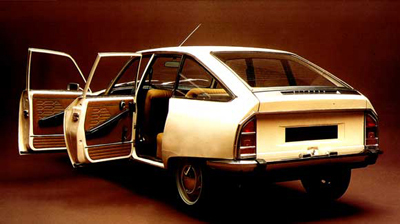 |
||||||||||||||||
 |
 |
||||||||||||||||
| Above - crash testing Below - the production lines at Rennes |
|||||||||||||||||
 |
 |
||||||||||||||||
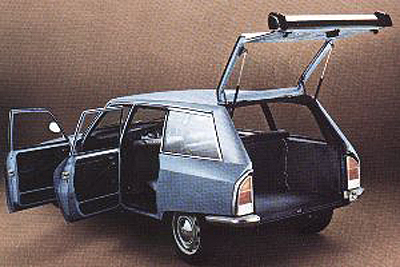 |
 |
||||||||||||||||
|
In 1972, the GS Break was launched in three and five door versions although the former was never sold in the UK. |
|||||||||||||||||
|
In 1973, a larger engine of 1 222cm3 capacity was offered offering 60 bhp and a top speed of 151 kph/95 mph. Vehicles with this larger engine option were also available with a "Convertisseur" semi automatic gearbox. In 1974 the GS was available fitted with a Wankel rotary engine. |
|||||||||||||||||
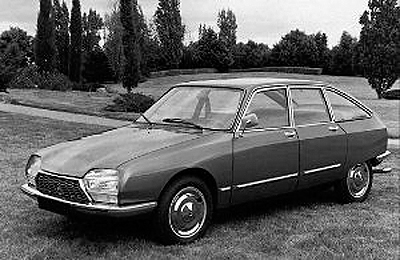 |
In 1975 came the GS Pallas fitted with luxurious interior fittings and seats and based on the Pallas trim used in the DS. Externally the Pallas could be distinguished from lesser models by its full sized wheel embellishers and rubbing strips down the flanks. The Pallas was only available with the 1,2 litre engine. |
||||||||||||||||
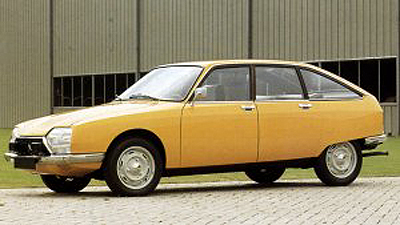 |
Also launched in 1975 were the GS X and the slightly warm GS X2 which developed 65 bhp and had a top speed of 157 kph/98 mph. Both the GS X and GS X2 were fitted with sports seats and long range driving lamps and both were fitted with a choice of normal or "short" gearboxes - the latter having closer ratios which improved acceleration over the standard box. |
||||||||||||||||
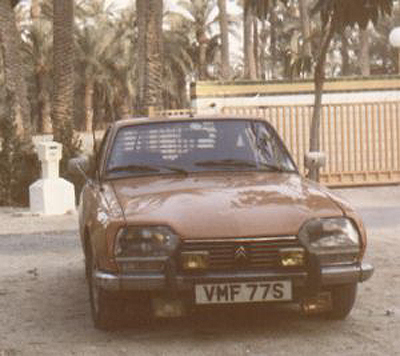 |
Pictured below is a 1975 Belgian built GS X that I used to own. I blew the engine up and fitted a 1 222cm3 engine which, coupled with the close ratio GS X gearbox, gave it fairly good acceleration. | ||||||||||||||||
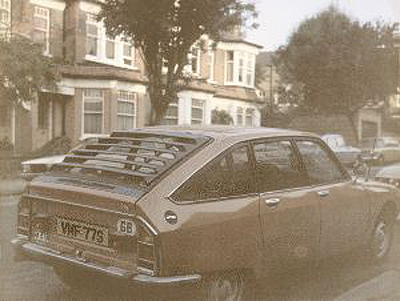 |
|||||||||||||||||
 |
|
||||||||||||||||
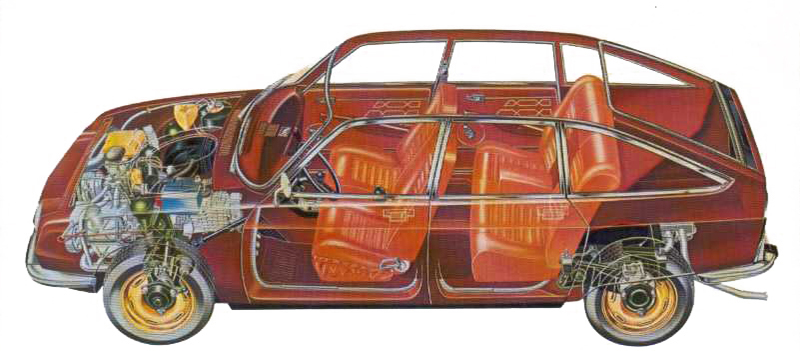 |
|||||||||||||||||
| ©1997 Julian Marsh | |||||||||||||||||




